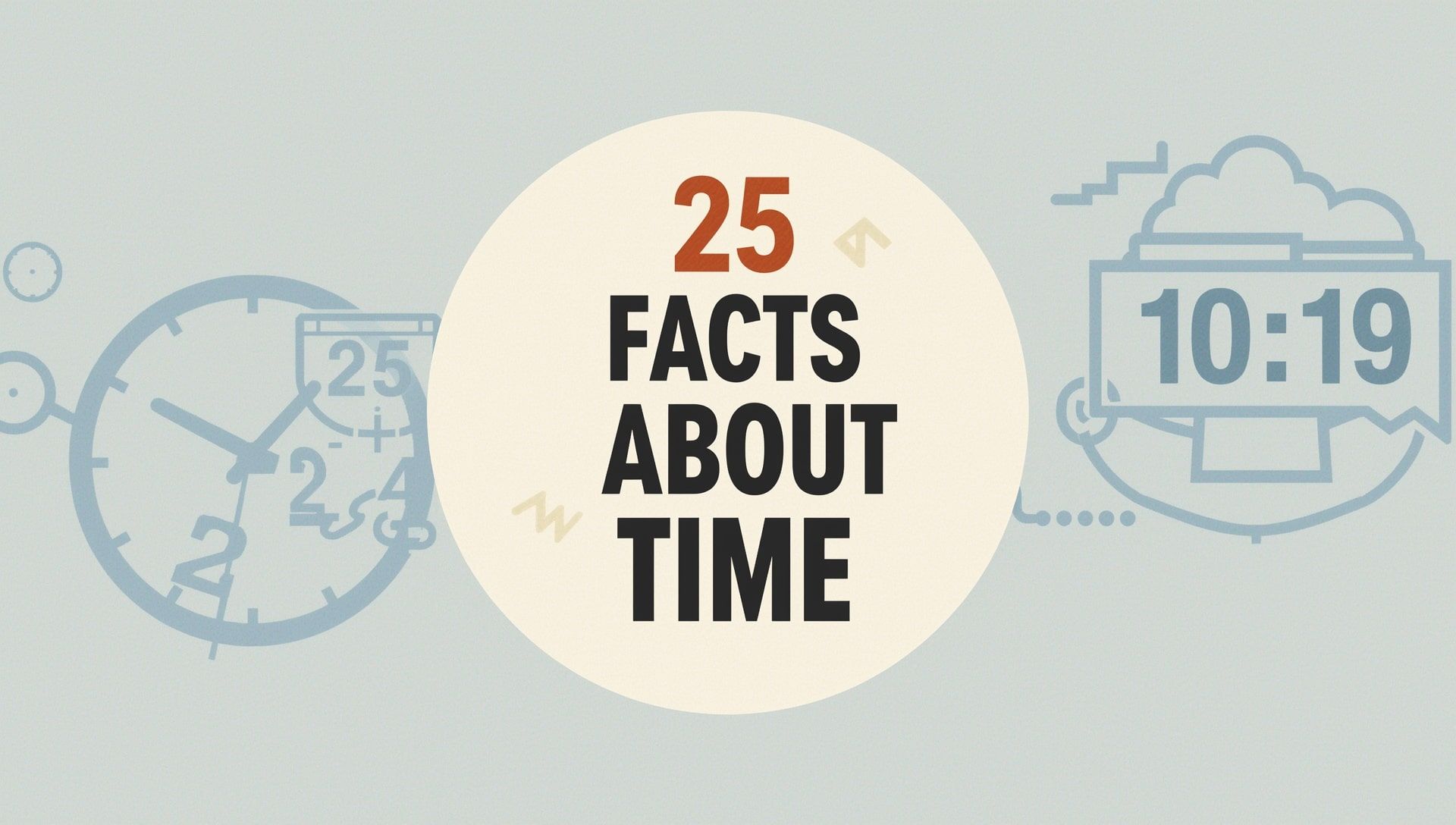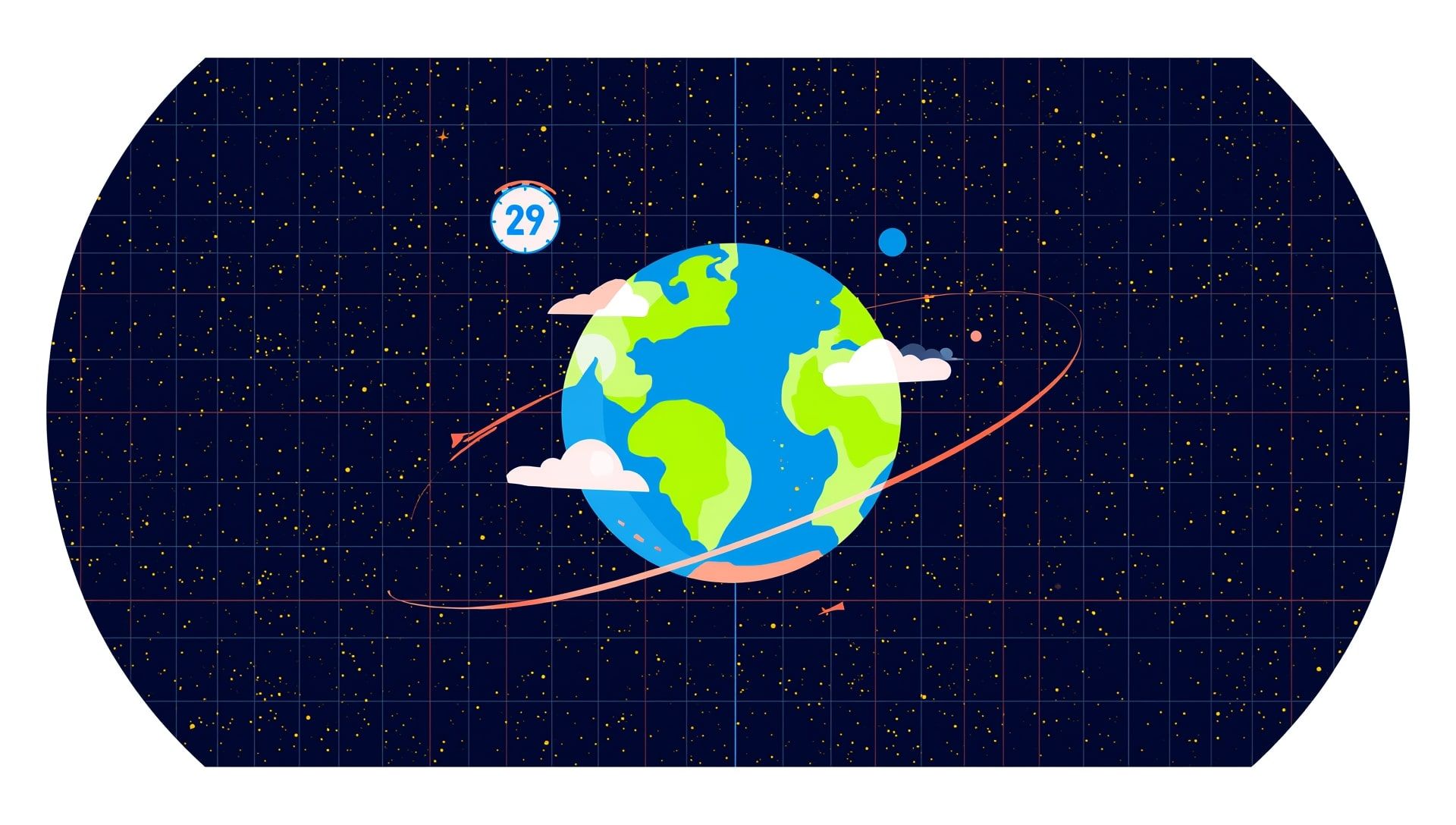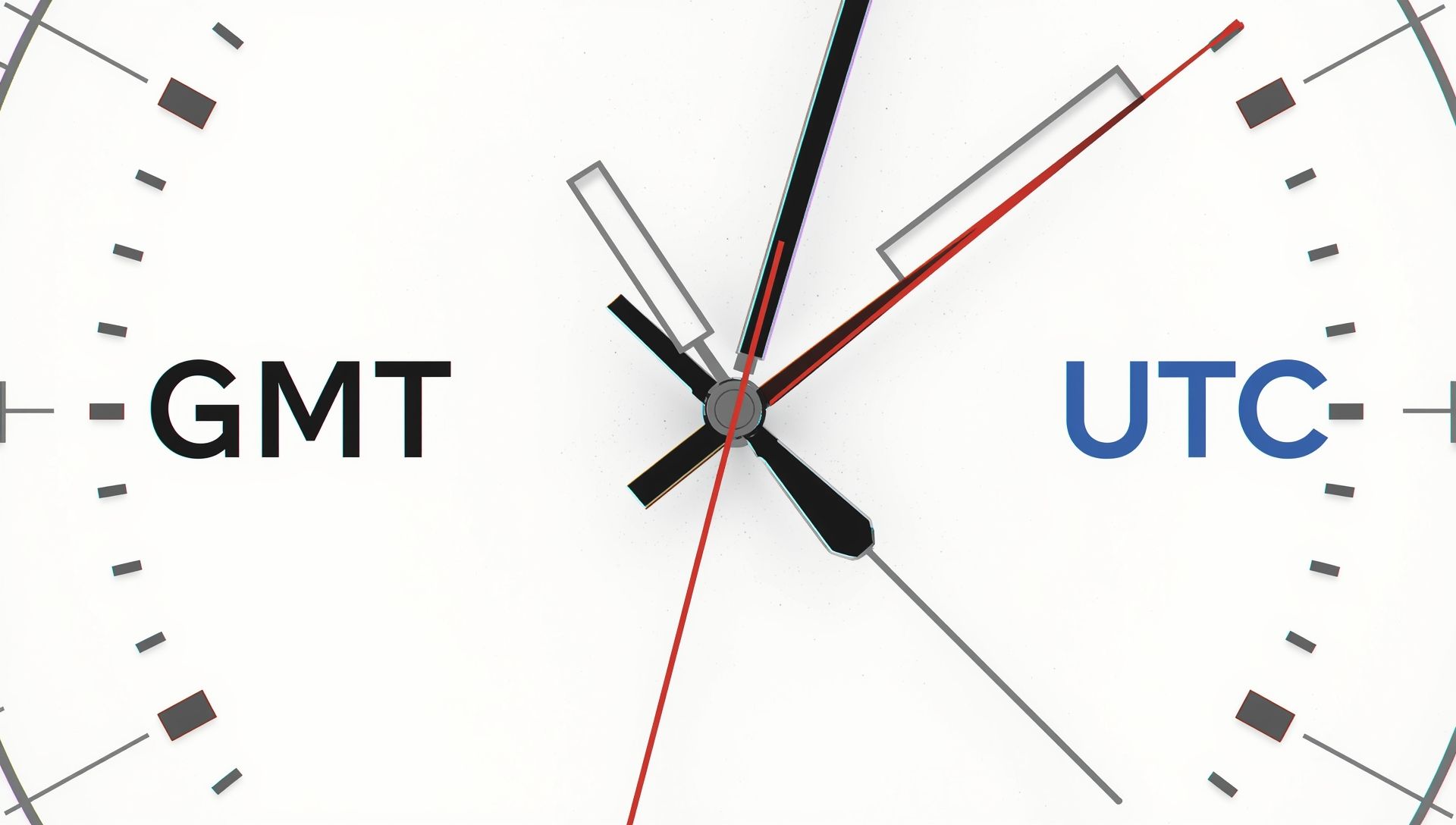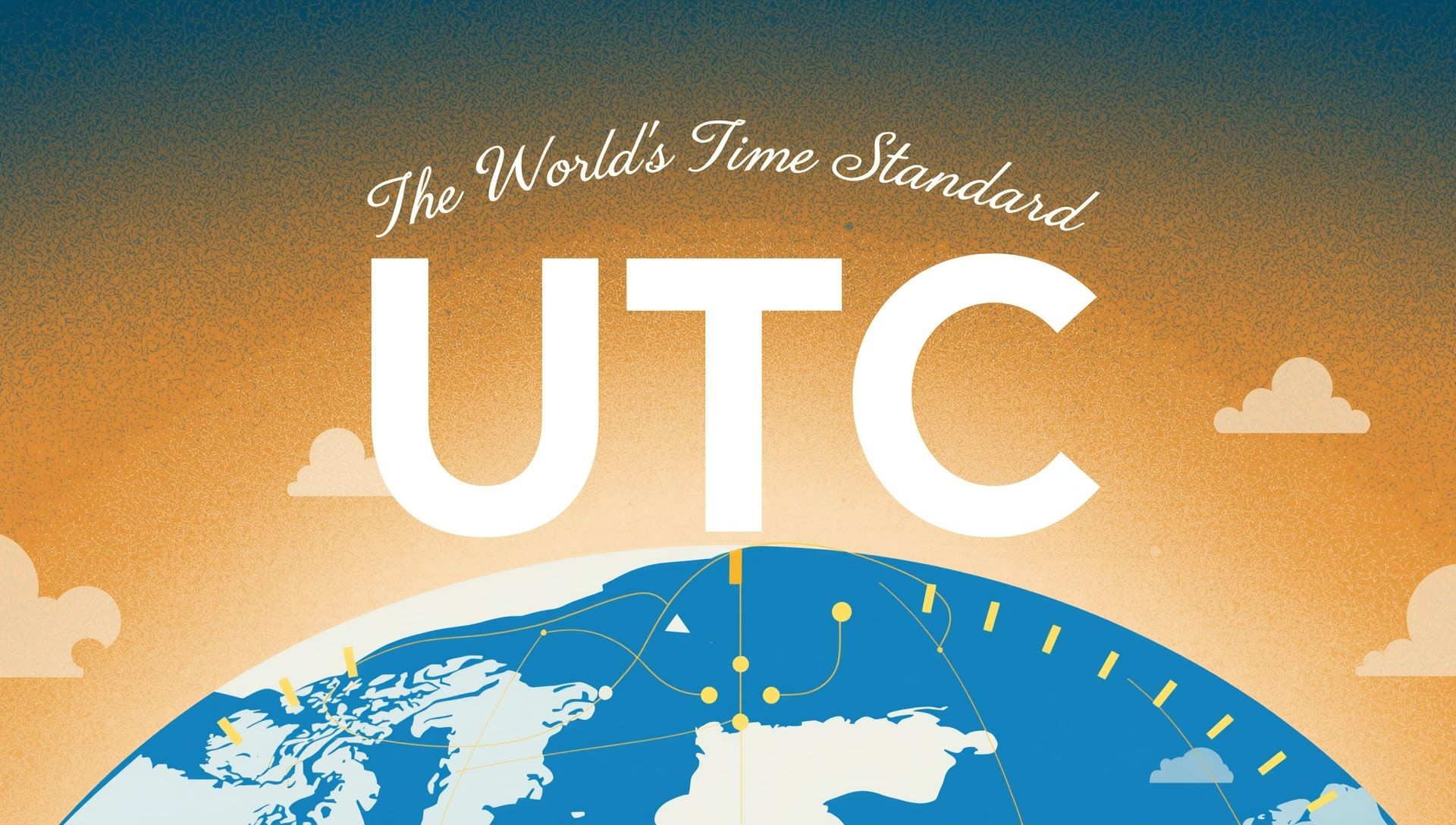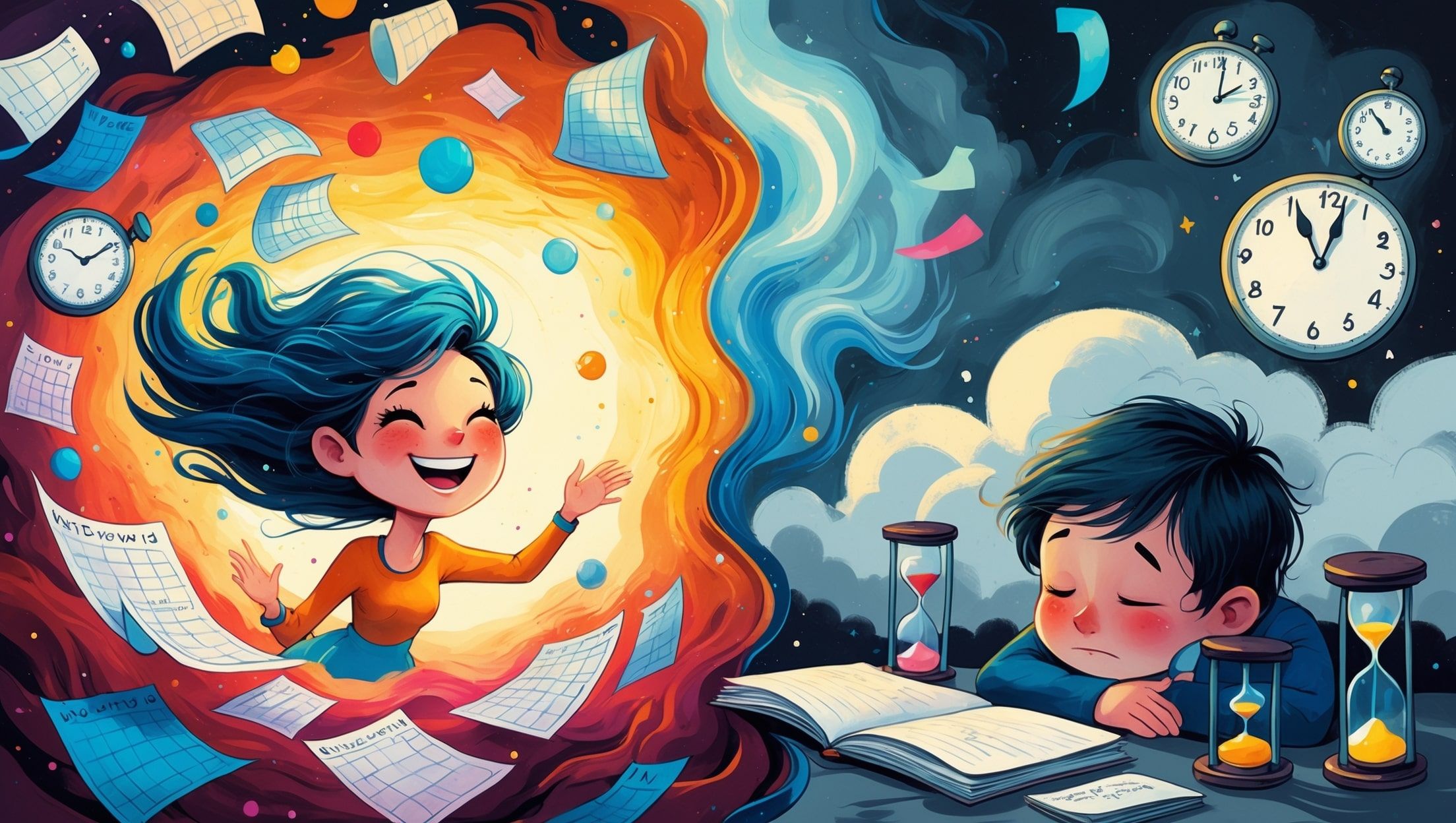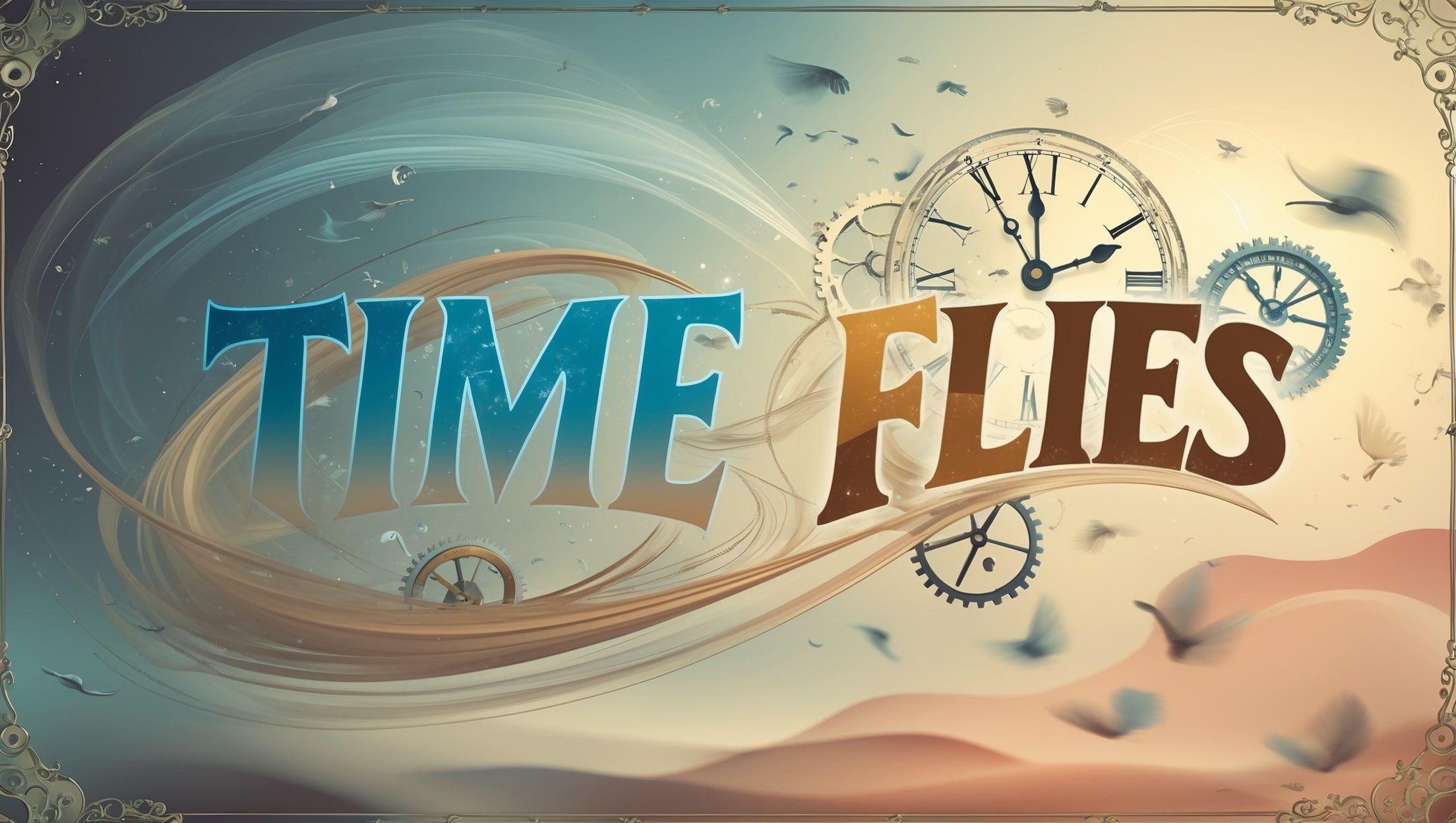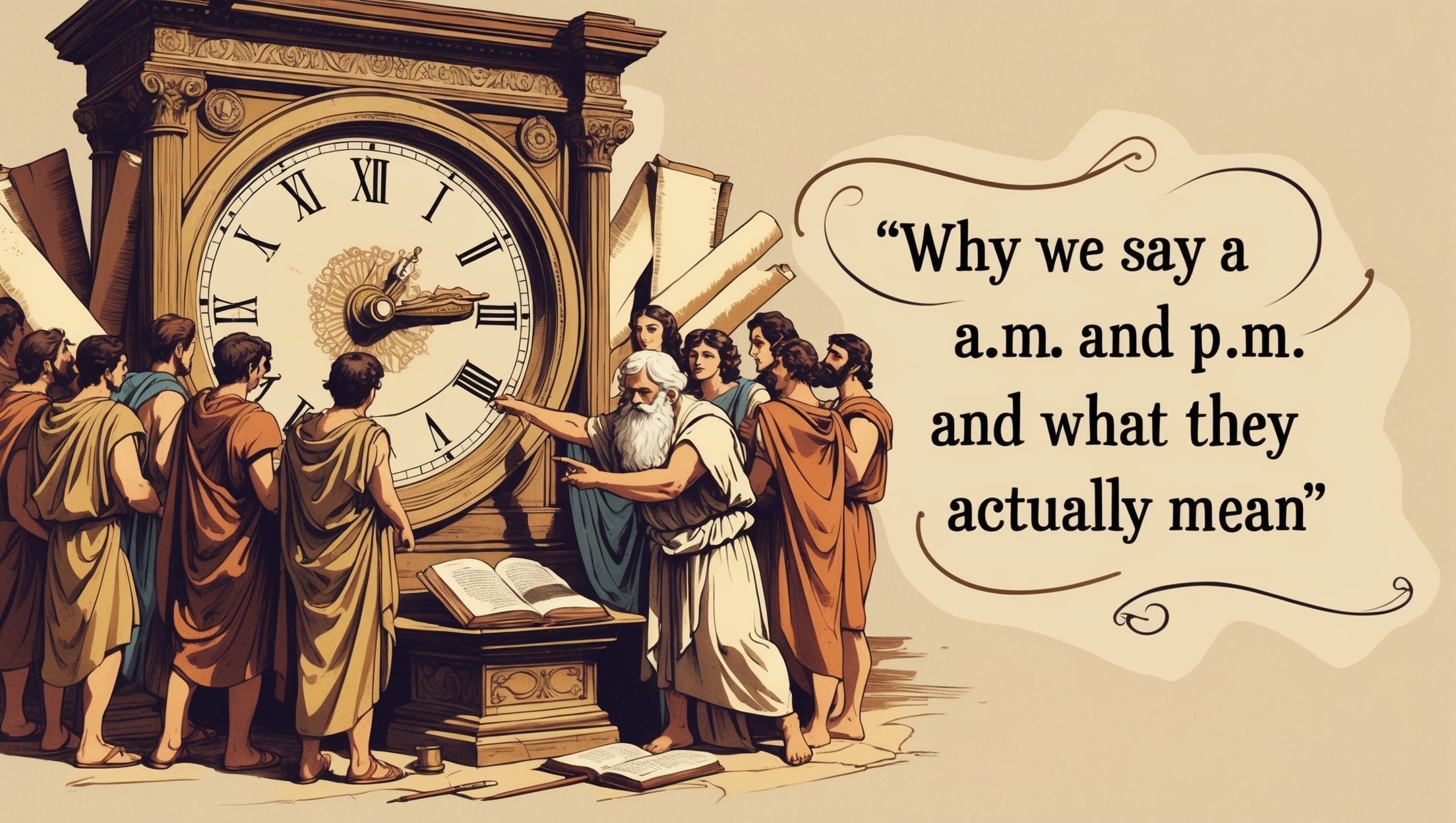Time rules everything. From the gentle ticking of a clock to the swirl of galaxies, every beat, blink, and breath unfolds within it. It’s the invisible thread stitching together existence, yet we can’t touch it, pause it, or save it. What makes time so endlessly fascinating is how it shapes our lives, governs our routines, and defines our place in the universe.
The Web of Time Around Us
Time is the most universal thing, yet it behaves differently everywhere. Before we jump into the facts, if you’re curious about how time functions across places, you can see global time information here or browse through various countries and cities to notice how local time changes. The differences are astounding.
1. Time Zones Keep the World in Sync
The world is divided into 24 time zones. Each represents roughly 15 degrees of longitude, keeping solar noon close to midday in each zone. You can visualize these divisions through the global time zone map, a patchwork of hours that keeps our planet running smoothly.
2. UTC Is the World’s Reference Clock
Coordinated Universal Time, or UTC, serves as the foundation for all timekeeping. It’s regulated by atomic clocks so precise they lose just one second every few million years. Every clock you own, your phone, your computer, even your car, eventually syncs back to UTC.
3. The IANA Time Zone Database
The IANA Time Zone system keeps track of all time zone changes and rules across the world. Without it, your digital calendar would be chaos. Every country’s daylight-saving habits, local exceptions, and changes are managed there.
4. The Science Behind Measuring Time
Humans have always sought to measure time accurately. From sundials to atomic clocks, our understanding keeps improving. You can read more about the science of measuring time and how it keeps our world synchronized down to nanoseconds.
5. The Story of 60 Seconds
Why are there 60 seconds in a minute? This quirky number traces back to the Babylonians, who loved base-60 math. If that fascinates you, dive into why 60 seconds became the standard, a story older than most civilizations.
6. Why Days Feel Longer in Summer
Ever notice how summer days seem endless while winter ones slip away too quickly? The reason lies in Earth’s tilt. When your hemisphere leans toward the sun, daylight stretches out. Learn the details of why days change length through the seasons.
7. Time Flows Differently Across the Universe
According to Einstein’s relativity, time moves slower near massive objects. That means your watch would tick slower at sea level than on a mountaintop because of gravity’s pull.
8. You Can’t Actually Feel Time Passing
What you feel is your brain’s interpretation of events. Studies show that our sense of time changes with attention, mood, and memory. That’s why you can lose hours in fun or feel minutes drag during boredom.
9. Why Time Feels Faster as We Age
This one hits close to home. The older we get, the faster time seems to move. Scientists explain it as a ratio effect, each year becomes a smaller portion of our total life experience. Learn more in this article on perception of time.
10. Ancient People Watched Shadows
Before clocks, people used sundials. Time was literally drawn in shadows. Noon was when the sun was highest and shadows shortest—a natural rhythm now replaced by mechanical precision.
11. Time Once Had Many Local Versions
Before trains, every city set its own time based on local noon. That chaos ended when global travel required uniformity.
12. The World’s First Mechanical Clock
In 1283, a clock in England changed everything. It was the first to keep time mechanically instead of using water or sand. Humanity’s obsession with precision had begun.
13. Leap Seconds Exist
To keep atomic time in sync with Earth’s rotation, leap seconds are occasionally added. These tiny adjustments make sure we don’t drift too far from natural cycles.
14. The Most Accurate Clock Ever Built
Modern optical lattice clocks are so precise that they’d lose only a second over the age of the universe.
15. Time Affects Your Body
Our internal clocks, called circadian rhythms, govern everything from sleep to metabolism. Disrupt them, and you’ll feel it.
16. Not Every Day Has 24 Hours
Due to tidal forces and Earth’s rotation slowing slightly, each day lengthens by about 1.7 milliseconds per century.
| Era | Length of a Day |
|---|---|
| 400 million years ago | 22 hours |
| 100 million years ago | 23 hours |
| Today | 24 hours |
| 100 million years in future | 25 hours (estimated) |
17. Your Mind Has Its Own Stopwatch
When you focus intently, time appears to slow. This effect happens because the brain processes more data per second under stress or excitement.
18. Time Can Be Bent, Sort Of
In extreme gravity, such as near a black hole, time literally slows relative to elsewhere. This isn’t fiction—it’s been observed with satellites and atomic clocks in orbit.
19. Timekeeping Once Defined Power
Monasteries, empires, and later governments controlled clocks to regulate life and authority. To own time was to own rhythm, productivity, and faith.
20. A Clock Once Changed Art
In 1931, Salvador Dalí painted melting clocks to show time’s slippery nature. His work became a symbol of how surreal time feels in dreams and memory.
21. Not All Cultures See Time the Same
- Some cultures view time as circular, not linear.
- Others prioritize event-based timing over strict schedules.
- In some languages, the future is “behind” and the past is “ahead.”
22. The Future May Already Exist
According to physics theories, all moments exist simultaneously. We simply move through them one frame at a time.
23. Time and Memory Are Twins
- Memory gives time direction, it turns now into before.
- Without memory, all moments would blur together.
- That’s why time seems faster as memories repeat.
24. Time Keeps Us Human
Time lets us feel anticipation, nostalgia, and growth. It gives meaning to our stories and adds rhythm to our lives.
25. The Mystery Persists
Even with all our understanding, time remains one of the universe’s greatest enigmas. It’s both ruler and servant, cosmic and personal.
- The oldest known clock still running is over 600 years old.
- NASA adjusts time signals to account for gravitational differences.
- Even your heartbeat influences how you perceive seconds.
Moments That Shape Everything
Time binds us all; across ages, cities, and galaxies. It’s not just a ticking sound or a calendar square. It’s our shared rhythm, our history, our sense of continuity. Next time you glance at the clock, remember, you’re part of a universal dance that never stops. Learn more about how time zones connect us or visit time.now for everything time-related.
